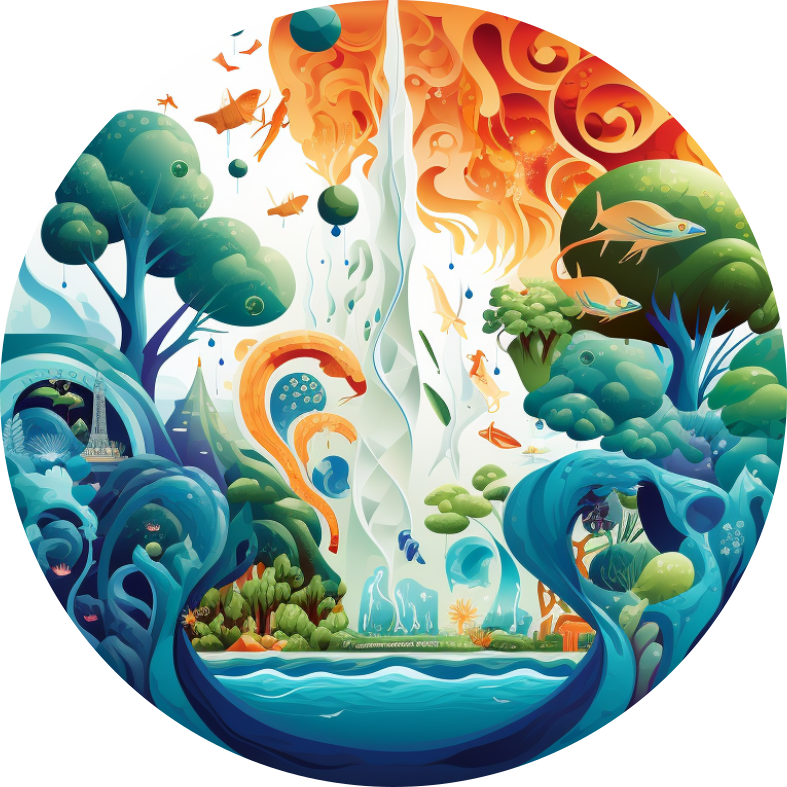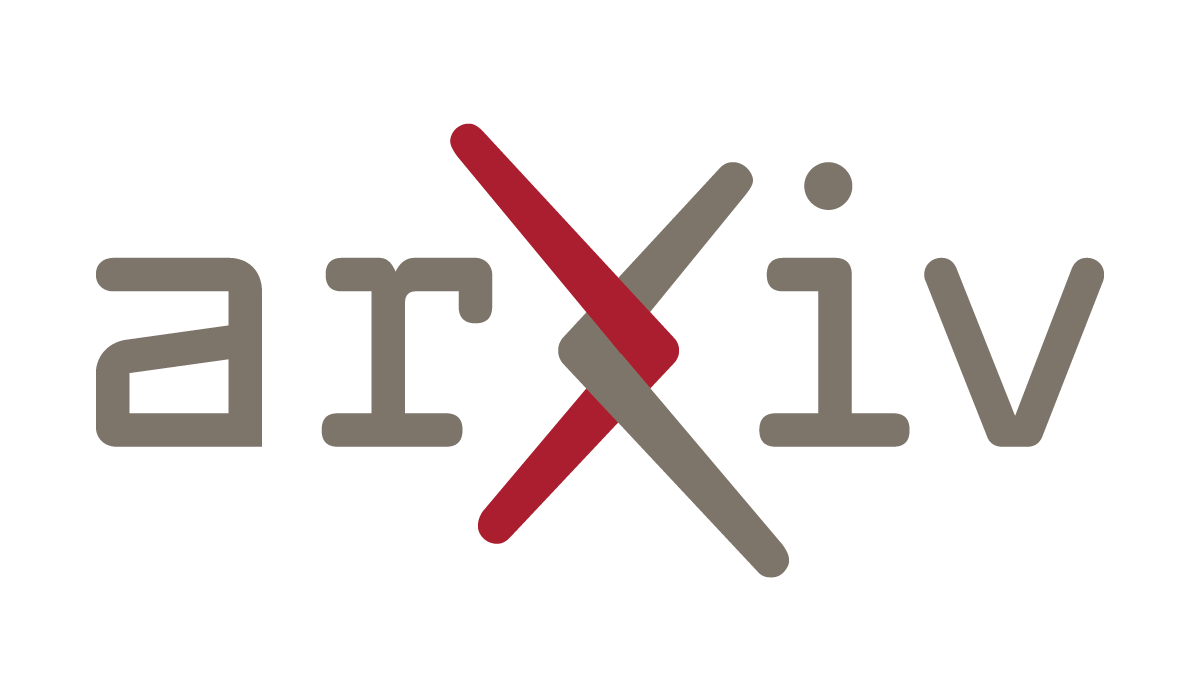1
We propose a novel definition of life in terms of which its emergence in the universe is expected, and its ever-creative open-ended evolution is entailed by no law. Living organisms are Kantian Wholes that achieve Catalytic Closure, Constraint Closure, and Spatial Closure. We here unite for the first time two established mathematical theories, namely Collectively Autocatalytic Sets and the Theory of the Adjacent Possible. The former establishes that a first-order phase transition to molecular reproduction is expected in the chemical evolution of the universe where the diversity and complexity of molecules increases; the latter posits that, under loose hypotheses, if the system starts with a small number of beginning molecules, each of which can combine with copies of itself or other molecules to make new molecules, over time the number of kinds of molecules increases slowly but then explodes upward hyperbolically. Together these theories imply that life is expected as a phase transition in the evolving universe. The familiar distinction between software and hardware loses its meaning in living cells. We propose new ways to study the phylogeny of metabolisms, new astronomical ways to search for life on exoplanets, new experiments to seek the emergence of the most rudimentary life, and the hint of a coherent testable pathway to prokaryotes with template replication and coding.
You must log in or register to comment.


